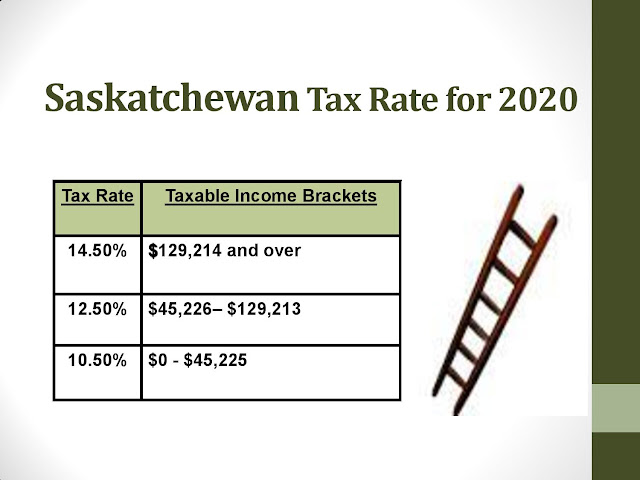When someone tosses out a brainy
quote, we are likely to pay attention. Ben Stein (an actor) shared the obvious
– "The indispensable first step to getting the things you want out of life is this: decide what you want." This sounds easy enough. But I honestly see we often face some hard
choices at different times in our lives.
We may have decided what we want but with a combination of only so much
time and only so much money, how do we choose?
If we had some ground rules (although
they don’t necessarily need to be rules but rather helpful tips), we might be
able to lessen the stress in the decision-making. We are not talking about the decisions
surrounding the types of coffees we drink or the different restaurants where we
dine…but rather the hard choices, the ones that trip us up. Do we take an
annual vacation or save for a down payment on our new home? Do we save for our
children’s education or renovate our kitchen? Do we buy a new vehicle or pay
down debt?
Decision-making is quite
complex. Books have been written extensively on this subject; videos on the paradox of choice have been seen shared on TED
Talks; and blogs
from professionals have been posted about what successful people know about decision-making. All this information is overwhelming when our only
desire is to ensure we choose the best option.
Let’s toss out a few basic tips
when you’re faced with a tough decision.
- Make a list of the pros and cons about one choice over the other with regards to the timelines and costs.
- Take your time in these decisions. Rather than be impulsive, weigh all the information thoroughly and allow yourself space to think.
- Prioritize the things on your list in order of importance. You may be surprised you have a stronger desire to put one thing in first place rather than second.
- Talk about the choices with your spouse or partner and family especially if the decision impacts them. Listen to their concerns and opinions.
- Keep in mind you are only able to do the best with the financial resources you have available. Extending yourself into debt may not be the ideal solution to achieve your desired option.
- Ensure the things you want (your goals, dreams, and aspirations) are clear and concise. You want to feel it, see it, catch it, and master it in your mind before you leap into the final pick.
- Finally, acknowledge the proverb which tells us, “all things come to those who wait.” Being persistent and patient in saving for the things you want will pay off in the end.
Decisions involve both logic and
emotions. Only you can make the best
decision for your family and you. You
can invite professionals, family, and friends to weigh in with their skilled
opinions and advice. In the end, the
decision will always be yours. How you
spend your time, financial resources, and other treasures, like your talents,
is your choice. The important parts are to
trust your decision, move through the motion of following through with your
plan, and then see the results unfold.
That’s how you get the things you want out of life.
If you have an ideal technique to
help with decision-making, let the rest of the world benefit by sharing your
helpful tip in the comment section.











